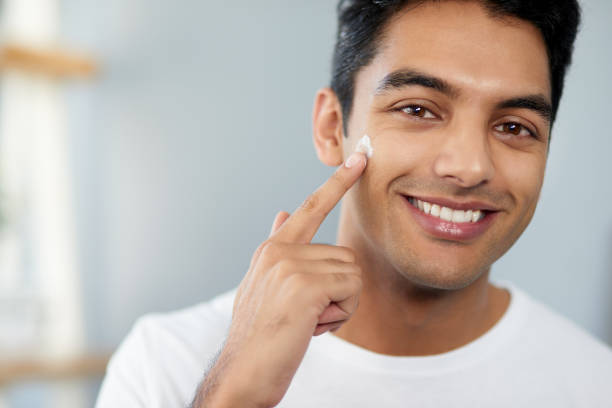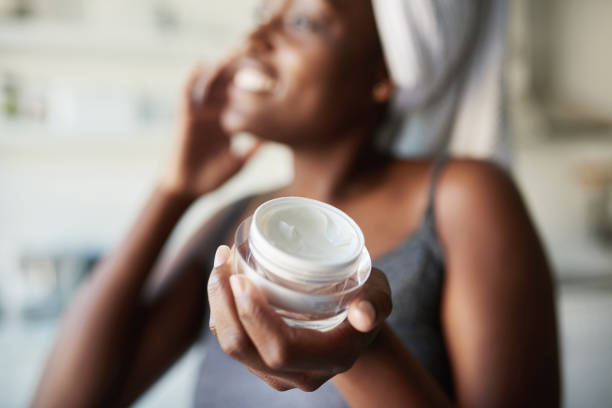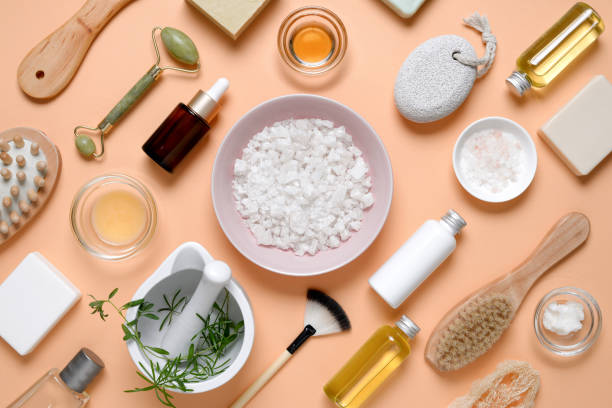Cosmetic consumers are a smart bunch. For years, the cosmetics industry plied its buying public with a huge range of skin creams, anti-wrinkle treatments and a host of other products, all promising to miraculously regenerate aging skin into dewy, soft skin in the first flush of youth. The bitter truth was that many of these products didn’t work, and consumers got tired with parting with their hard-earned cash on pots of cream that just didn’t work.
That was until a new type of cosmetic came along that seemed to have much more to offer than just good moisturising properties – functional cosmetics.
Prevention and symbiosis
The buying public is much smarter than advertisers would have you believe. They understand that prevention is far better than a reactive approach to enhancing and maintaining their good looks. This is why more consumers are adopting functional beauty regimes to reverse the signs of aging. Nearly half of skincare sales are in facial, hand and body care, and it is a market worth billions of pounds every year. In recent years, reports have shown that there has been a shift towards cosmetic products with health benefits, rather than just aesthetic value. The rise of functional ingredients backed by scientific research has been a contributing factor in creating this ground shift. Ingredients including vitamins, minerals and essential oils have all been increasingly incorporated into cosmetic products with the aim of imparting sought-after functionality. The theory is that functional cosmetics aren’t just good for fighting off the signs of aging – they’re good for your whole body.
This symbiotic approach to functional cosmetics isn’t just a fad that means manufacturers add the latest ‘natural’ ingredient to their product and market it as a miracle cure for wrinkles. The hype is actually backed up with hard, scientific facts and a plethora of research into the properties of a wide range of plant extracts, often taken from plants referred to as ‘super-herbs’.
Collagen – the perfect example of functional cosmetics at work
Take, for example, the subject of collagen. The principal protein in connective tissue, collagen is a fibrous, structural molecule that provides strength and elasticity to tissue, skin, cartilage, ligaments, tendons and bones. Synthetic collagen is a miracle for clinical cosmetics, but the discovery of Functional Keratin by scientists working on the research and development team of an anti aging skin care company in New Zealand is just as miraculous for the functional cosmetics industry. Functional Keratin has been found to elevate the production rate of not only the body’s collagen, but elastin as well. It works in harmony with the body’s natural biological systems to stimulate the natural growth of both collagen and elastin, encouraging it to work naturally, rather than relying on an injection of synthetic collagen or using a product that has synthetic collagen as an active ingredient. And it seems to work far more effectively than any synthetic substance the scientists can come up with.
Having the ability to simply grow your own collagen at a much higher rate eliminates the need for taking collagen injections, thereby removing the introduction of a synthetic drug into your system. The increase in structural tissue that is naturally produced will be enough to make a real difference in skin tone and condition. Some products also contain an ingredient that will raise the amount of hyaluronic acid present in the skin, improving the texture of the skin.
This is why the interest in functional cosmetics is growing, and expect to see this currently unknown phrase cropping up in articles, advertising and packaging across the board. Functional cosmetics, up until now primarily associated with cosmetic dentistry, has made the leap into the wider market and is promoting a more natural way of fighting the signs of aging skin and combating wrinkles – not through synthetic means but by working in synergy with the body’s natural ability to heal itself. This holistic approach is bound to be popular with a public who are becoming increasingly wary of synthetic products that promise the earth, but rarely deliver results.




